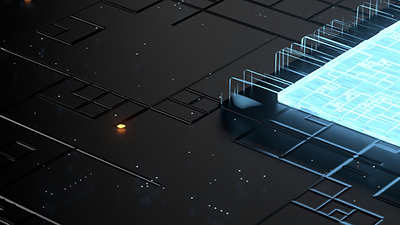MALVERN, Pa. — Nov. 16, 2022 — Vishay Intertechnology, Inc. (NYSE: VSH) today introduced seven new MOSFET and diode power modules designed specifically for on-board charger applications. Offered in a variety of circuit configurations, the integrated solutions combine high efficiency fast body diode MOSFETs and SiC, FRED Pt®, and MOAT diode technologies in the compact EMIPAK 1B package featuring patented PressFit pin locking technology.
The Vishay Semiconductors devices released today offer all the circuit configurations required for AC/DC, DC/DC, and DC/AC conversion in on-board charging applications — input / output bridges, full-bridge inverters, and power factor correction (PFC) — across a wide range of power ratings. Compliant with the AQG-324 automotive guideline, the modules can be combined to provide a complete solution for electric (EV) and hybrid electric (HEV) vehicles, in addition to e-scooters, agricultural equipment, railways, and more.
Based on a matrix approach, the devices’ EMIPAK package can accommodate a range of custom circuit configurations in the same compact 63 mm by 34 mm by 12 mm footprint. This enables higher power density than utilizing discrete solutions while providing the flexibility to use each module in different power stages for industrial and renewable energy applications, including welding, plasma cutting, UPS, solar inverters, and wind turbines.
The devices’ exposed AI2O3 direct bonded copper (DBC) substrate provides improved thermal performance, while their optimized layout helps to minimize stray inductance for better EMI performance. The modules’ PressFit pin locking technology allows for easy PCB mounting and reduces mechanical stress on the substrate, while their baseless structure increases reliability by reducing the number of solder interfaces.
Device Specification Table:
| Part number | Circuit configuration |
| VS-ENK025C65S | Dual-boost PFC MOSFET and full-bridge MOSFET inverter |
| VS-ENV020F65U | Six independent Ultrafast rectifier legs for output rectification |
| VS-ENW30S120T | Full-bridge SiC diodes |
| VS-ENY050C60 | Full-bridge inverter MOSFET |
| VS-ENV020M120M | Six independent diode legs for AC line input rectification |
| VS-ENM040M60P | Half-controlled input bridge plus boost PFC leg MOSFET and half-bridge inverter MOSFET |
| VS-ENZ025C60N | Double-interleaved bridgeless PFC (four channels) with individual return diodes |
Vishay offers a complete lineup of power modules built on silicon technologies, including Si and SiC diodes, thyristors, IGBTs, and MOSFETs, as well as passive components such as capacitors, shunts, and NTC and PTC thermistors. The devices are available in a wide range of topologies — standard solder pin and PressFit connections — with broad power spectrums. Compliant to industry standards, and customizable to meet specific application requirements, the power modules are highly flexible and cost-effective, and they help designers reduce time to market and improve overall system performance.
Samples of the new power modules are available now. Production quantities are available with lead times of 26 weeks.
Vishay manufactures one of the world’s largest portfolios of discrete semiconductors and passive electronic components that are essential to innovative designs in the automotive, industrial, computing, consumer, telecommunications, military, aerospace, and medical markets. Serving customers worldwide, Vishay is The DNA of tech.™ Vishay Intertechnology, Inc. is a Fortune 1,000 Company listed on the NYSE (VSH). More on Vishay at www.Vishay.com.






